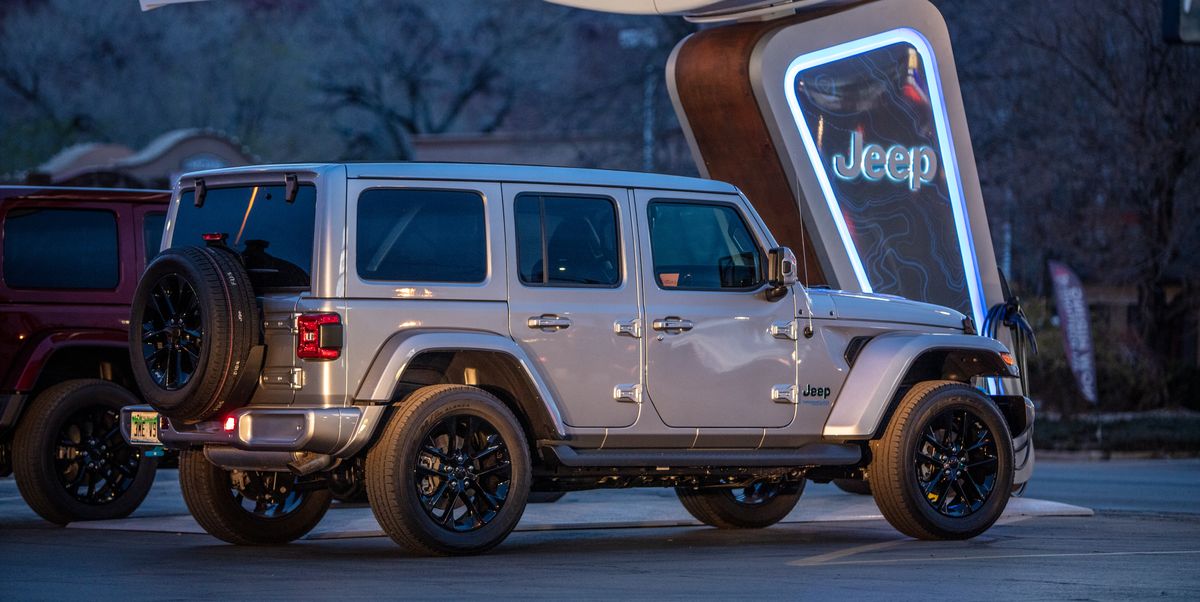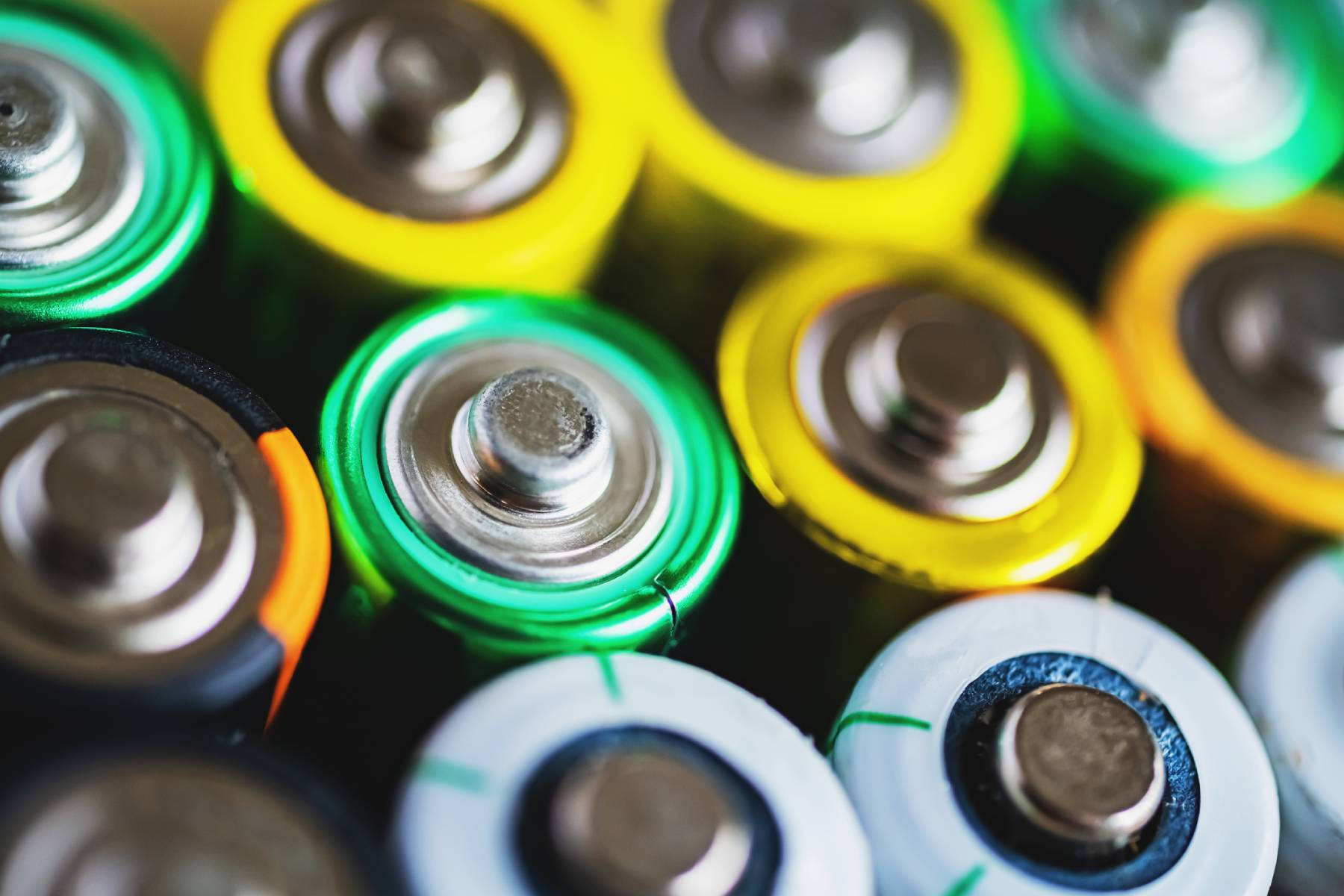@socal66 said it. That's where Uncle Sam stepped in to incentivize what nobody asked for.
Obsoletion should come from consumer demand. Even so, there will always be the sticks in the mud who liked the old ways better. It's a free nation. You can do what you like, how you like.
@EV-offroad All those layers of tech separating the driver from the machine are what keeps me away from new vehicles. The DBW on my 2014 had a learning curve, after driving a '03 and a '99 for almost a decade. All that other extra tech junk, I don't want. It has nothing to do with the motor / power source / fuel, and every thing to do with the separation between driver and machine.
Such tech is largely incorporated to prevent lawsuits (major concern for manufacturers) and increase final product price. Charge them for a feature they didn't want, and advertise the desirable feature to turn it off "On Sport Models Only!" Which also come at an increased price. Separate discussion.
The big hate on EV's largely comes from the infrastructure needing to be built, and the government's involvement. I have rarely seen an actual complaint about an electric vehicle itself. This is concerning, because there are very real issues that everybody is ignoring.
For example, the idea that electric vehicles are cleaner. They still use a lot of machine oils and refrigerants and the various substances in the batteries. In the event of a roll-over, fire, or other heavily-damaging occasion, the "Save the Trees" boys all hate on ICE's because differential fluid gets leaked every time an axle breaks... yet they somehow ignore the possibility that in any collision of significant force, on or off road, a battery can be damaged and leak hazardous chemicals onto people and animals, and into the ground. Many of these chemicals require extremely careful handling in order to prevent personal injury. Exposure to some can be deadly.
Fires started on some of these chemicals can be close to impossible to actually put out, which increases other risks significantly both on and off road.
These are issues that concern me as a consumer. Until I am forced to give them up, by either government or economy, I will always have one or several ICE vehicles.
Overlanding in an EV is becoming more possible with each advancement, but due to power consumption and torque management, loaded EV's consume much more fuel than their ICE counterparts. Charge time versus tank filling time is a major concern for most as well.
Once these issues are addressed, supply and demand come to a balance, and the infrastructure has been put in place, then we will see ICE's and EV's living in harmony on long road trips, just as we see them now around town. Perhaps they will replace ICE's just as ICE's replaced horses. Not everyone agreed with that process either, but the battle has been forgotten as the generations passed. And some people still ride horses, but not to work every day.











